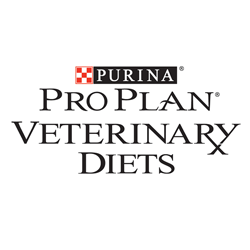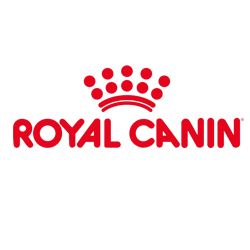How to Perform a Complete Nutritional Assessment
The five vital assessments of a standard physical exam for small animals include temperature, pulse, respiration, pain, and nutritional assessment.3 The World Small Animal Veterinary Association (WSAVA) recommends nutrition as the fifth vital assessment to optimize the health and wellbeing of pets. The AAHA Advisory Panel endorses this recommendation.

FIGURE 1
The Circle of Nutrition. Consider these interconnected variables during nutritional assessment. Factors specific to the animal, the diet, and feeding management/environment should be assessed. (Reprinted with permission from the American College of Veterinary Nutrition.)
The nutritional assessment is an iterative process that requires repeated assessment over the animal’s lifetime. The factors evaluated included animal- and diet-specific factors and feeding management (Figure 1). Animal-specific factors refer to the age, physiological status, and activity of the pet. Diet-specific factors include the safety and appropriateness of the diet for the specific patient. Feeding management encompasses not only the frequency, timing, location, and method of feeding but also the pet’s environment and human-related factors. Specific problems related to each factor should be identified and addressed individually (Table 1).
Table 1
Problems and Management for Animal-Specific, Diet-Specific, and Feeding Management Factors
Download PDF
Animal-specific Factors >
|
Problems |
Examples |
Management |
|
Nutrient-sensitive disorders |
|
Selection of diets formulated to address the specific disease-associated nutrient limitations |
Diet-specific factors >
|
Problems |
Examples |
Management |
|
Diet-induced disorders |
|
Feeding a diet appropriate for the animal |
Feeding management >
|
Problems |
Examples |
Management |
|
Feeding-related and environmentalrelated disorders |
|
Effective communication with the client |






